Greece 2022 - Day 9: Lost on Naxos
We woke to a beautiful sunny day in Naxos Town. The peace and quiet was very much welcomed after the hustle and bustle of Athens and then Chania. We got up and went for an early morning walk down to the port and over to the islet of Palatia to explore the Naxos Portara, or Temple of Apollo. The Portara is essentially a massive marble doorway that stands proudly as the jewel of Naxos.
After coffee and a light breakfast of Greek yogurt and honey, we set out to pick up the rental car our Airbnb host had arranged for us. We then set off through the mountains of Naxos with plans to visit the traditional Greek village of Apiranthos, then on to the East coast to the little fishing village of Moutsouna. The drive through the hills of Naxos was nothing short of mesmerizing with narrow winding roads cutting through rocky moonscape regions and dipping down into lush valleys. About every 5-10 minutes we would pass by little mountain villages built into the side of hills with churches built precariously high on the cliffs above. We made a short stop in the beautiful village of Filoti for a coffee at a kafenia, or café.
We then carried on to Apiranthos. Much like the hill towns in Tuscany, vehicles are not permitted in Apiranthoss, so we parked at a lot at the base of the village and walked in. The village is built into the slopes of Mount Fanari and has spectacular views of the Naxian mountain ranges. The village has maintained its traditional appearance and the inhabitants, who were originally from Crete, have even kept their own dialect for nearly 1100 years. The village boasts stone-built towers, old house and churches and marble paved alleys.
We worked up an appetite wandering the alleys of Apiranthos,
so we tucked into a small café overlooking the valley below and enjoyed
homemade cheese pies and a glass of fresh squeezed lemon juice.
After about 20 minutes we started to see the ocean. The road became progressively more narrow and less well maintained. We pushed on, and we’re glad we did because the road ended in the most picturesque little seaside village.
The village itself looked a bit like a ghost town, aside from two tiny little tavernas where the proprietors were standing at the entrances waving and beckoning us in. It kind of felt like they don’t see people very often. We parked and walked the short distance to the water. The clear turquoise waters were so inviting that we couldn’t resist taking a dip.
After a swim and a walk around the village, we decided to go
into the little taverna nearest the ocean where a sweet, jolly older man was
exuberantly waving us in promising fresh fish.
He could only speak a couple of words of English, but he was able to
tell us, mostly by pointing to a map, that we were in Lionas on the East coast,
about 10 km north of Moutsouna where we had originally intended to go. Since we were still kind of full from the
cheese pies in Apiranthos, we opted to share a plate of delicious calamari and
some wine. No regrets...not a single one!
As is customary at all small, family run tavernas, dessert was on the house.
We bid farewell to Lionas, grateful for making a wrong turn and ending up in this quaint little village, and climbed back up the mountain heading home to Naxos Town. Google maps took us on a different route back to town on similarly winding roads, but with uniquely different sights, passing by lush farming areas with terraced gardens and also by numerous massive marble quarries. Naxos apparently exports a large quantity of marble to the rest of Greece and to the rest of the world.
After returning to our Airbnb, we quickly showered and changed and dashed off to meet the food walking tour of Old Town Naxos that we had booked. After introductions, we set off to sample the foods of Naxos. We first visited a bakery to sample the traditional Greek Easter bread known as Tsoureki. This is a sweet yeast bread similar to brioche.
Next, we visited a cheese and specialty food shop. Ian and I actually happened upon this shop yesterday while exploring the town. Here, we sampled a large variety of Naxian cheeses paired with a delightful white wine.
We then moved on to a small café to sample traditional Greek orange pie and Rakomelo, a warm alcoholic drink that combines raki with honey and cinnamon.
From there, we walked to a little taverna which turned out to be the same little place Ian and I had dinner last night! We were served a Naxian style salad, traditional potato salad, and Kolokithokeftedes (fried zucchini balls).
The tour ended at a small specialty store selling Greek spirits where we sample the official drink of Naxos…Kitron. This is a citron liqueur produced only on the island of Naxos. It is made from the fruit and leaves of the citron tree which similar to lemon, but stronger in taste. There are three colors of Kitron produced: green, yellow and clear. The green variety is sweeter and contains less alcohol. The yellow variety is strongest and has the least amount of sugar. Clear Kitron is somewhere between the green and yellow. We sampled the clear variety. It was delicious!
We said goodbye to our guide and the other folks we met on the tour and walked back to our apartment enjoying the last light of what was a perfect day!

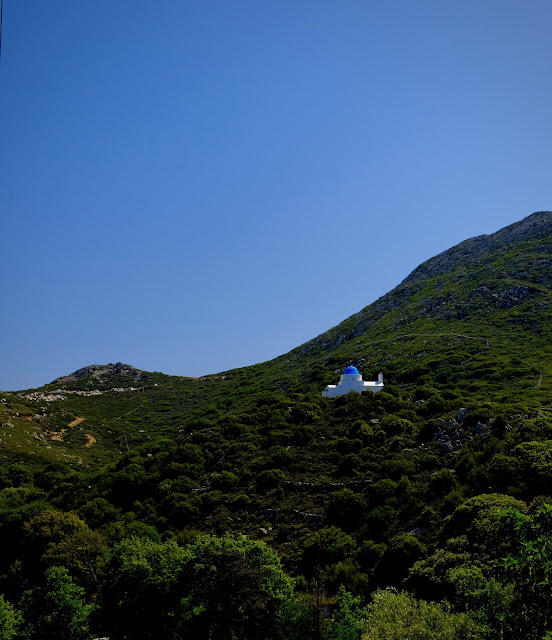




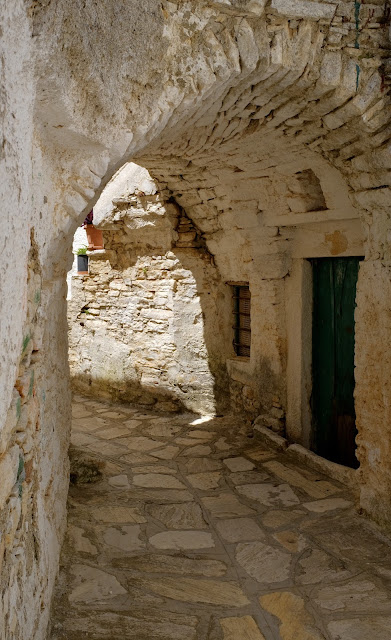



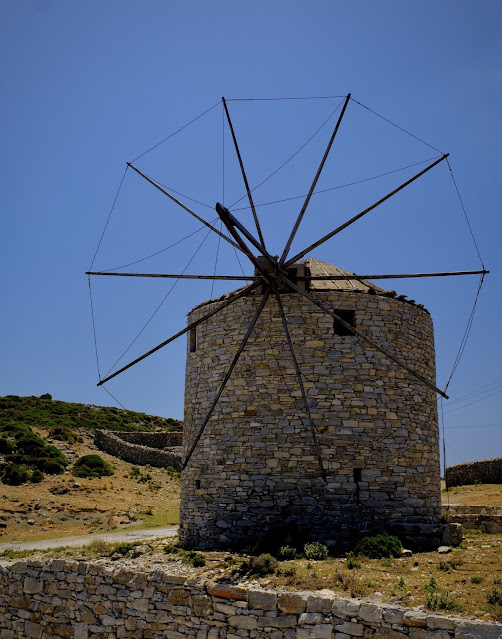



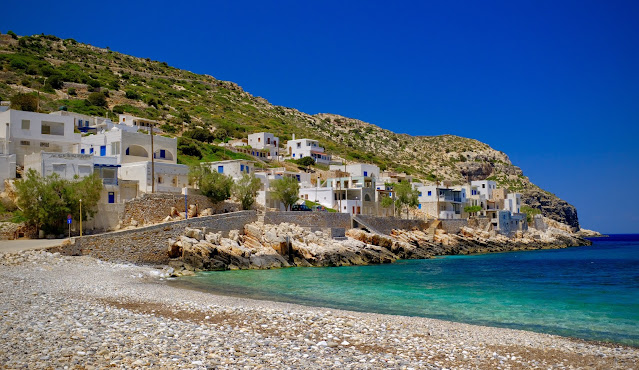






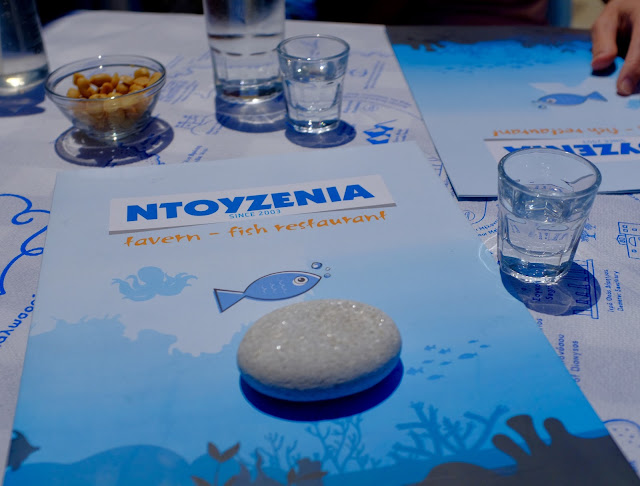












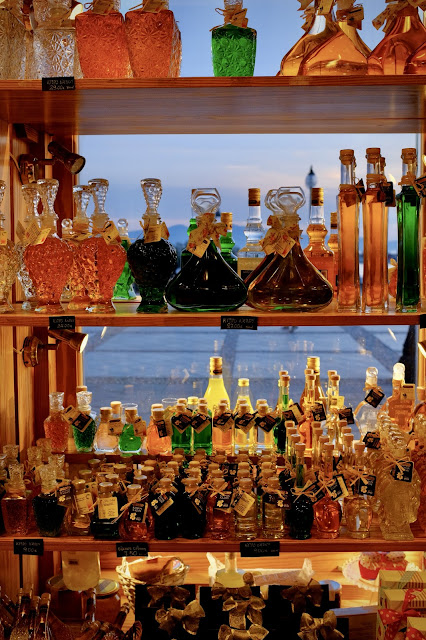




Comments
Post a Comment